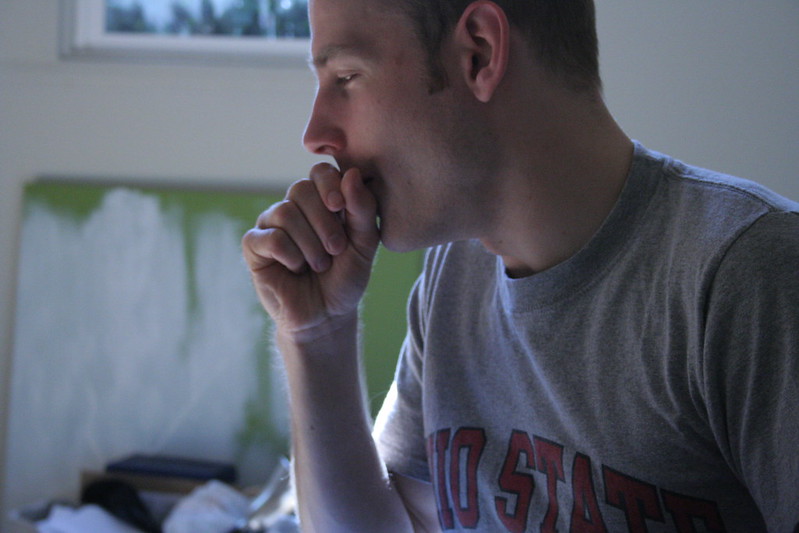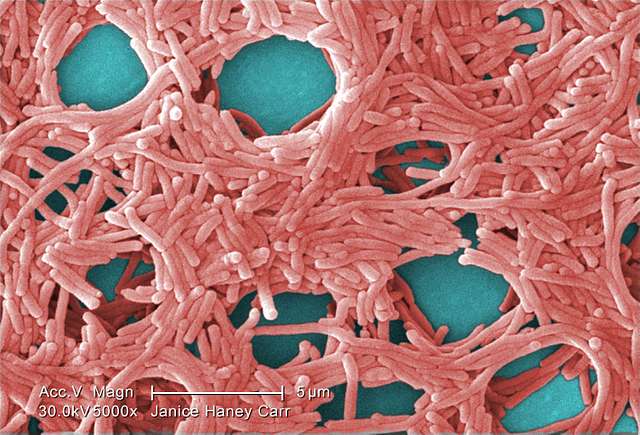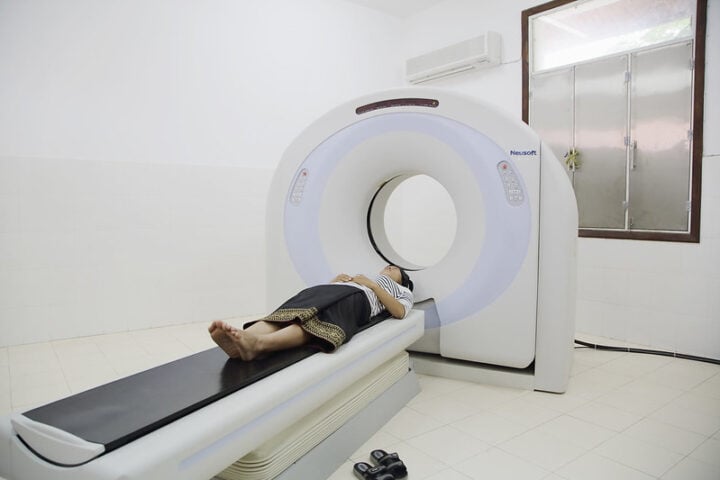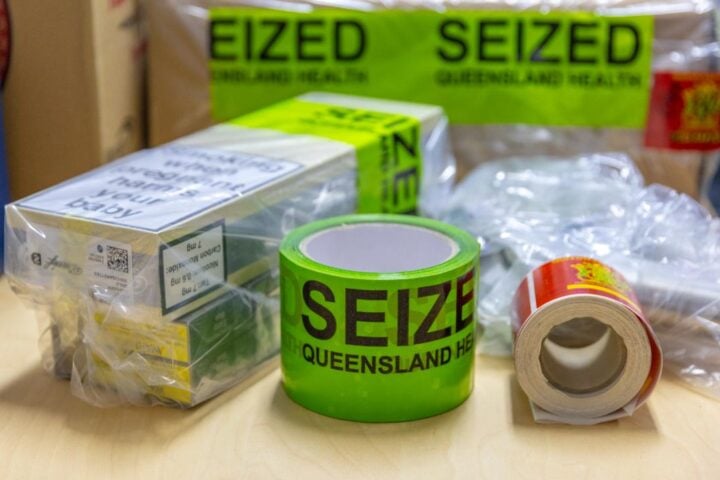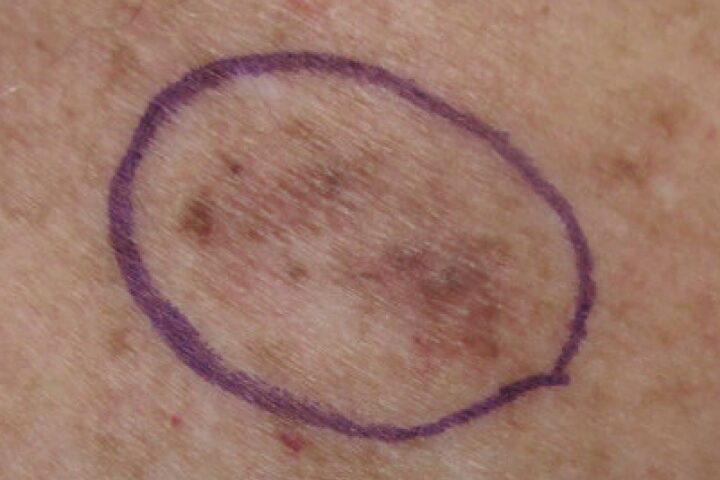Autism is a mental condition characterized by difficulty focusing on details, unusual reactions to sensations and challenges in responding to and communicating with the outside world. The United Nations General Assembly resolved to observe World Autism Awareness Day in 2007. It is observed every year on April 2. It promotes awareness, acceptance, and inclusion for individuals with Autism Spectrum Disorder (ASD).
Raising awareness about autism and the fundamental rights of autistic individuals is the primary objective of WAAD (World Autism Awareness Day). The day also focuses on early detection and diagnosis of autism. The theme for 2025 is “Advancing Neurodiversity and the UN Sustainable Development Goals (SDGs)”. It fosters inclusive practices and sustainable efforts in society for autism, reflecting initiatives such as the UN’s Sustainable Development Goals (SDGs).
Similar Posts
The day consists of educational campaigns, fund-raising events, and advocacy movements such as Light It Up Blue which was initiated by Autism Speaks in 2010. Efforts are to be made to remove the barriers around autistic children.
The neurodiversity movement is an active initiative which explains how a human brain works uniquely in different individuals. The movement helps in understanding different aspects of autism. The World Health Organisation highlights the importance of psychological interventions from early childhood, along with actions at community and societal levels, to ensure the development and quality of life for autistic people.
Temple Grandin, an American ethologist and a person with autism, emphasizes the support of family,educational institutions, and employment opportunities for the autistic individuals. “Well one of the problems with autism diagnosis, especially since they’ve changed the guidelines in 2013 is that you now have a huge spectrum that goes from Einstein and someone who should be working in Silicon Valley to somebody who can’t dress themselves and I’m seeing more problems when I talk to moms of getting kind of a handicap mentality, even when you have a child that’s absolutely fully verbal when he’s a teenager”, she says, expressing concern about the wide range of challenges within Autism Spectrum Disorder and too much focus by parents on limitations rather than strengths.
According to WHO, 1 in every 100 children is affected by this disorder. The World Autism Awareness Day focuses on all the aspects of ASD (Autism Spectrum Disorder) and aims to create an inclusive environment for individual’s specific needs.
Frequently Asked Questions about World Autism Awareness Day
Autism, or Autism Spectrum Disorder (ASD), is a brain condition that affects how people experience the world around them. People with autism may:
- Process sensory information (like sounds, textures, or lights) differently
- Have unique ways of communicating and connecting with others
- Show focused interests in specific topics
- Prefer structured routines and may find changes challenging
Autism exists on a spectrum, which means it affects each person differently. Some autistic people may need significant support in daily life, while others may need little or no support. Many autistic people have unique strengths and abilities that come from their different way of thinking.
World Autism Awareness Day (WAAD) is observed every year on April 2. The United Nations created this day in 2007 to:
- Increase public understanding of autism
- Promote acceptance of autistic people
- Support the rights and well-being of people with autism
- Encourage early diagnosis and appropriate support
The day helps build a world where autistic people are valued for who they are and can participate fully in society.
The theme for World Autism Awareness Day 2025 is “Advancing Neurodiversity and the UN Sustainable Development Goals (SDGs).”
This theme focuses on:
- Recognizing the value of different ways of thinking and perceiving the world
- Connecting autism acceptance to broader goals of creating inclusive, sustainable communities
- Finding ways to include autistic people in efforts to build a better world for everyone
The theme highlights how accepting and including autistic people benefits all of society and connects to the UN’s global plan for a better future.
Neurodiversity is the idea that brain differences like autism are normal variations in human development – not defects or disorders that need to be “fixed.” The neurodiversity movement promotes several key ideas:
- Brain differences are natural and valuable
- Different thinking styles offer unique perspectives and strengths
- Society benefits from including diverse minds
- Support should help autistic people thrive as themselves, not try to make them “normal”
This perspective shifts focus from “curing” autism to creating environments where autistic people can succeed while being authentically themselves.
According to the World Health Organization (WHO), about 1 in every 100 children worldwide has autism. Autism is diagnosed by looking at a person’s behavior and development, not through medical tests like blood work.
Diagnosis typically involves:
- Observing how a person communicates and interacts with others
- Looking at behavior patterns, interests, and activities
- Gathering information about early development
- Ruling out other possible causes for symptoms
Early diagnosis (often possible by age 2-3) helps children access support sooner, which can significantly improve outcomes. However, many people are diagnosed later in childhood or as adults.
“Light It Up Blue” is an awareness campaign started in 2010 by the organization Autism Speaks. During this campaign:
- Buildings, landmarks, and homes are lit up with blue lights on April 2
- People wear blue clothing to show support
- The blue color is used as a symbol to promote autism awareness
While this campaign has raised visibility for autism, some autistic self-advocates prefer other symbols and colors (like gold or rainbow infinity symbols) that better represent neurodiversity and acceptance rather than just awareness.
Temple Grandin is an American scientist, author, and professor who has autism. She has become one of the most well-known and influential autistic adults in the world for several reasons:
- She revolutionized livestock handling practices through her unique visual thinking abilities
- She shares her firsthand experiences of autism through books, lectures, and interviews
- She advocates for practical supports and opportunities for autistic people
- She demonstrates how autistic thinking can lead to valuable contributions in science and industry
Grandin emphasizes the importance of focusing on autistic people’s strengths rather than just their challenges. She believes strongly in providing appropriate education, family support, and employment opportunities tailored to individual needs and abilities.
Effective support for autistic people varies based on individual needs, but often includes:
- Early intervention: Developmental support starting in early childhood
- Education accommodations: Adjusted teaching methods that work with different learning styles
- Sensory considerations: Modifying environments to reduce overwhelming sensory experiences
- Social skills development: Help understanding social situations in ways that make sense
- Communication supports: Alternative communication methods for those who need them
- Family support: Resources and training for families
- Employment opportunities: Jobs that value autistic strengths and provide needed accommodations
The most effective support recognizes the whole person, builds on strengths, and addresses challenges while respecting the individual’s autonomy and dignity.


